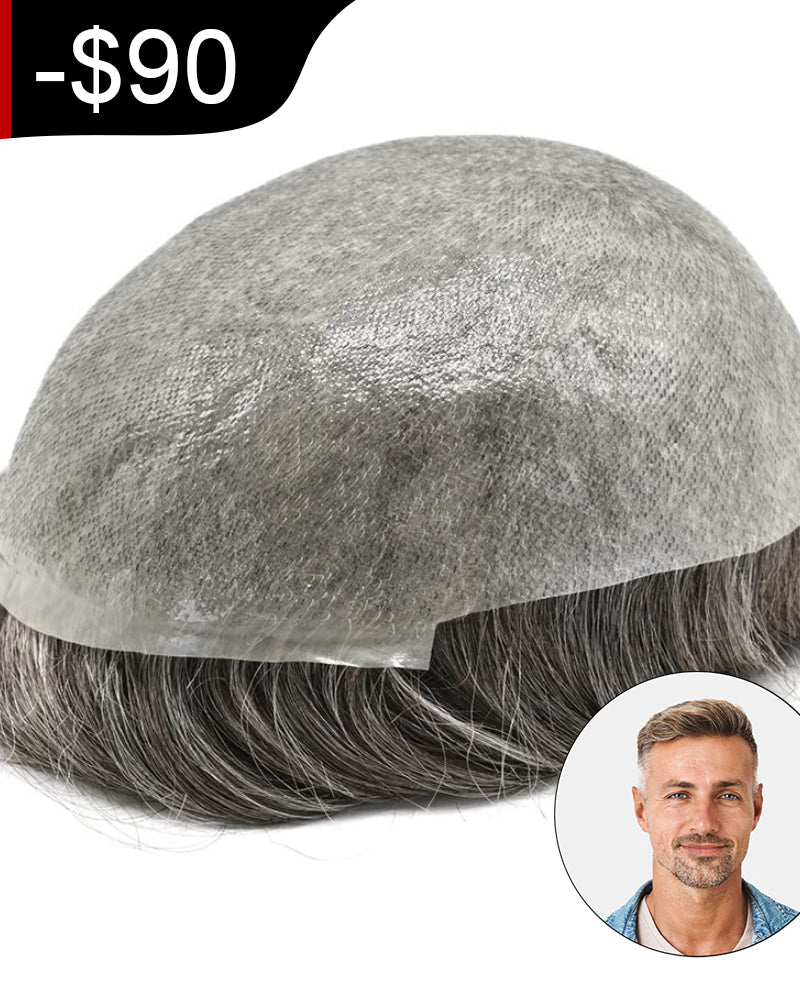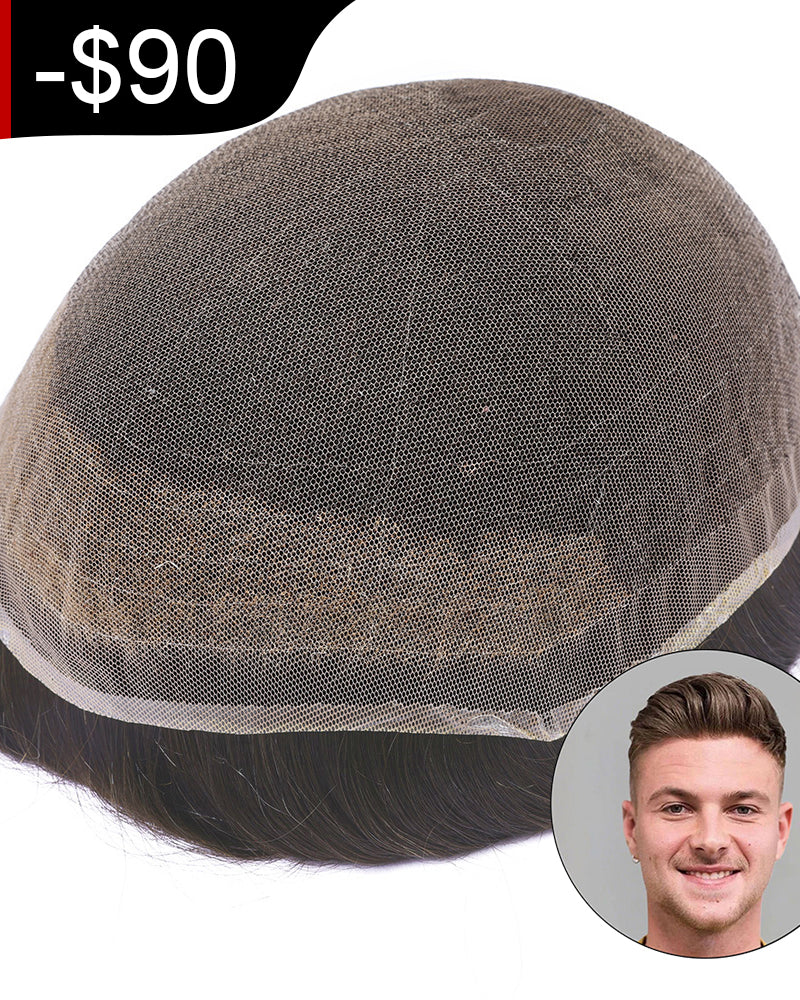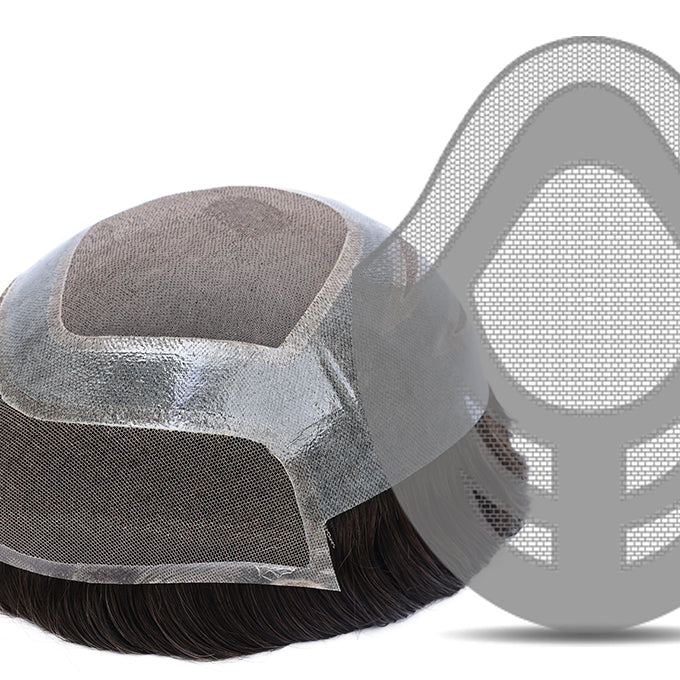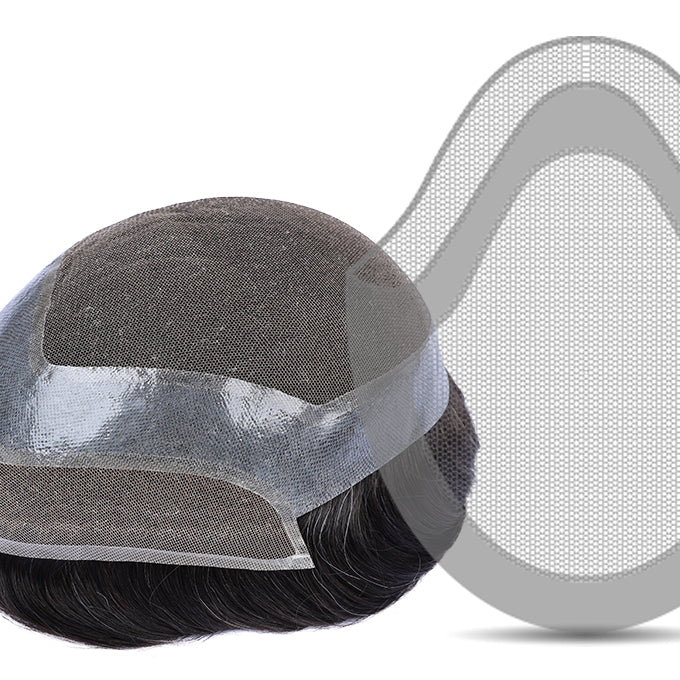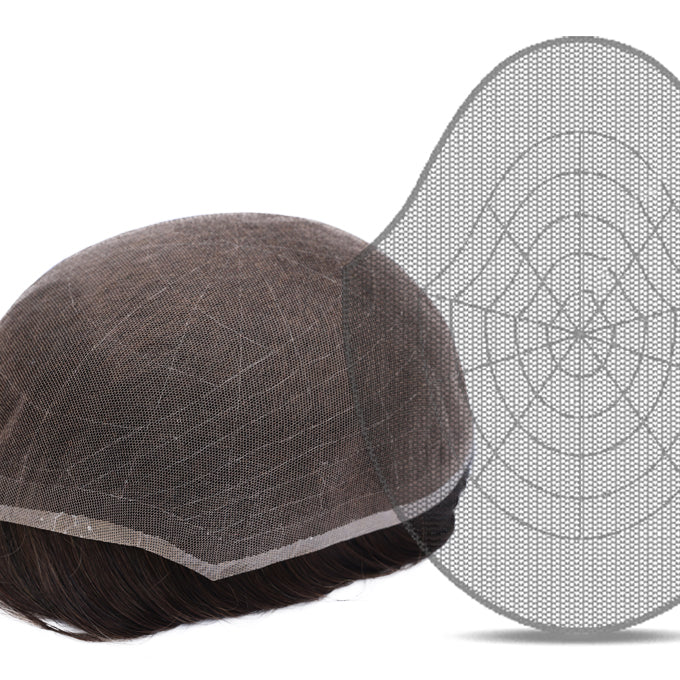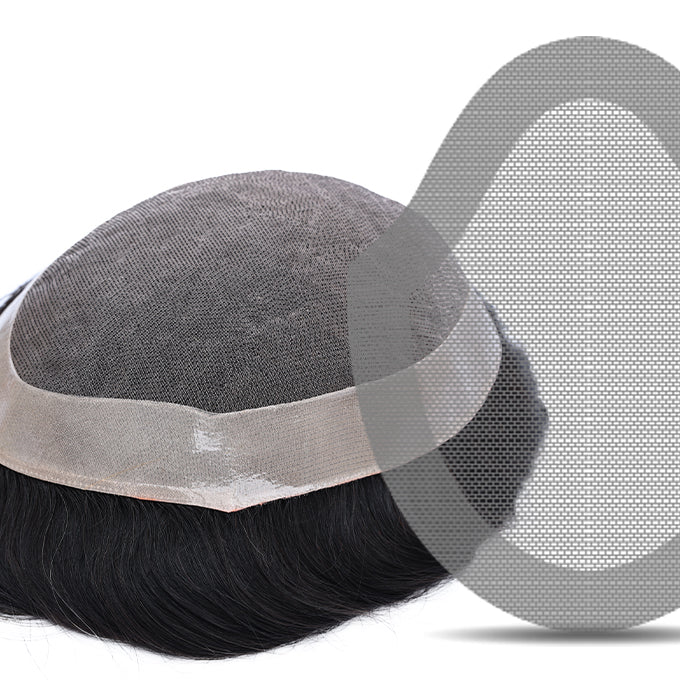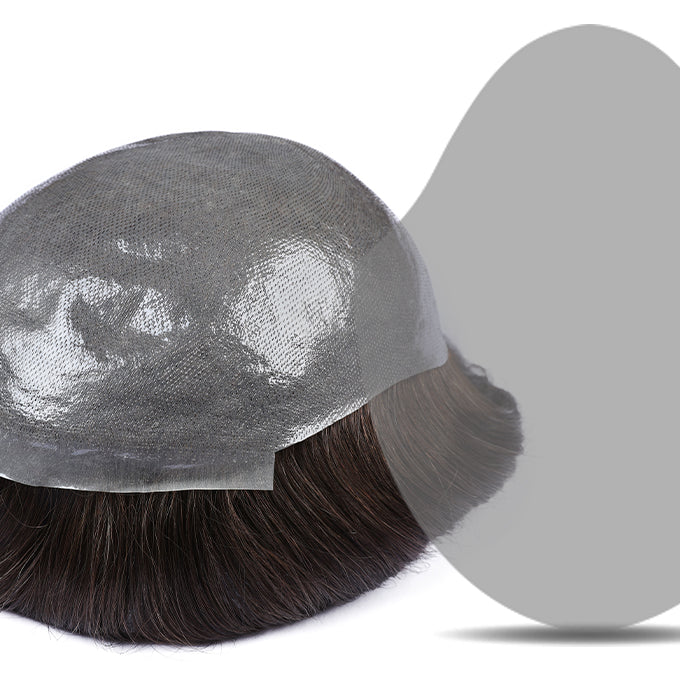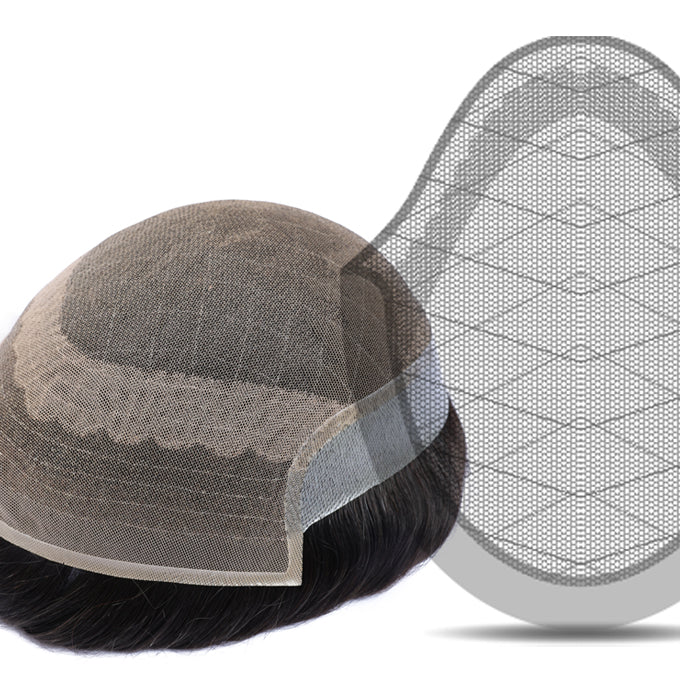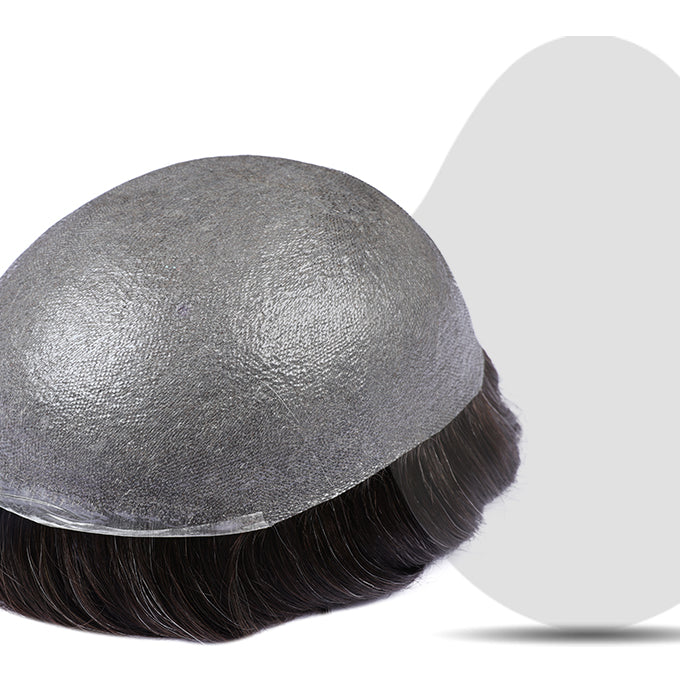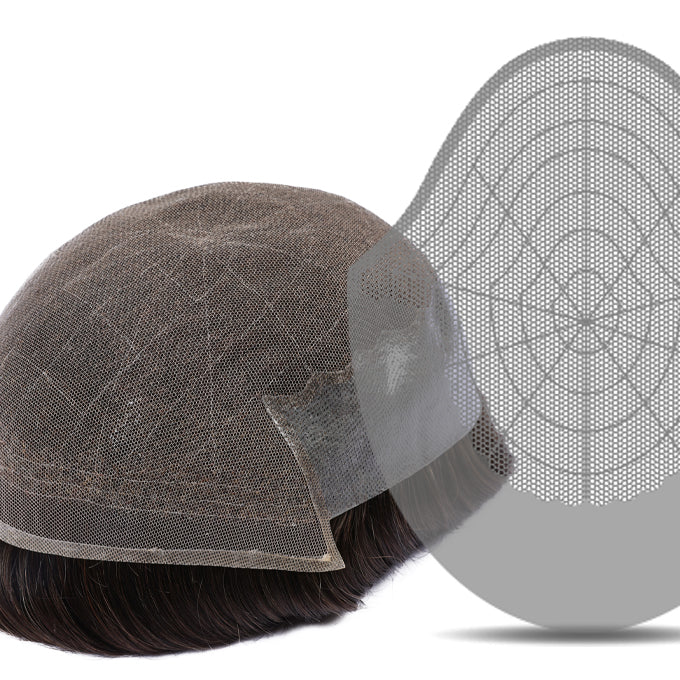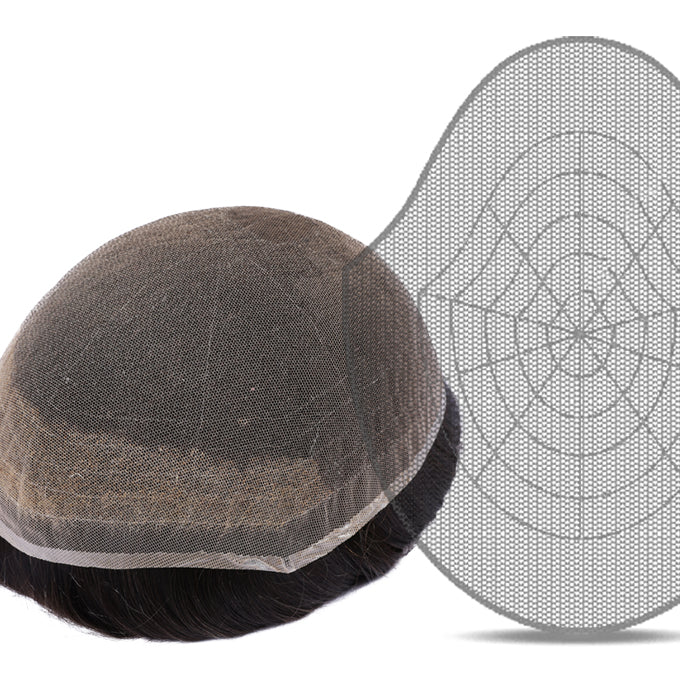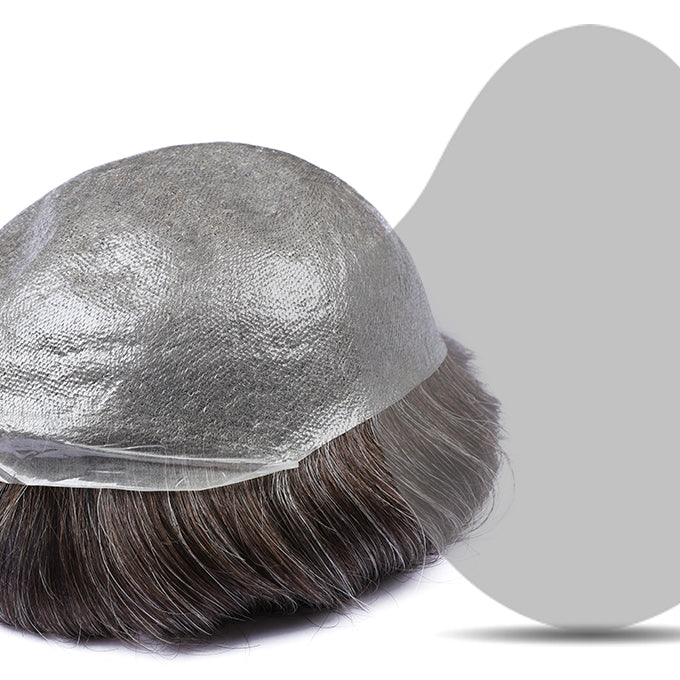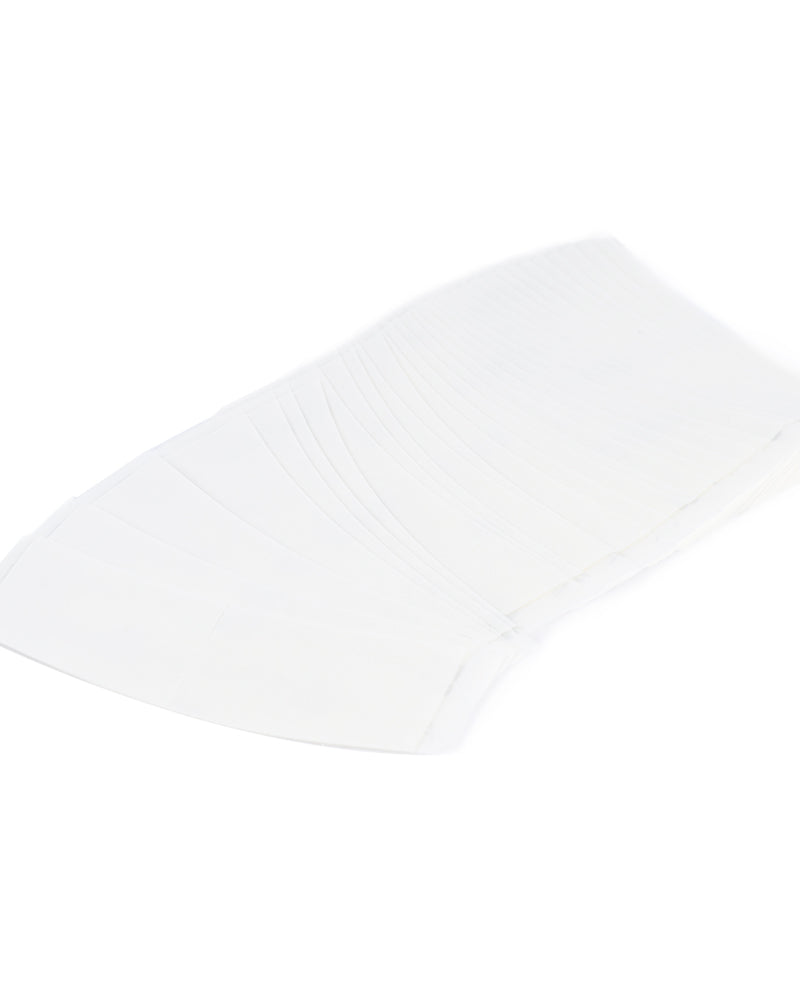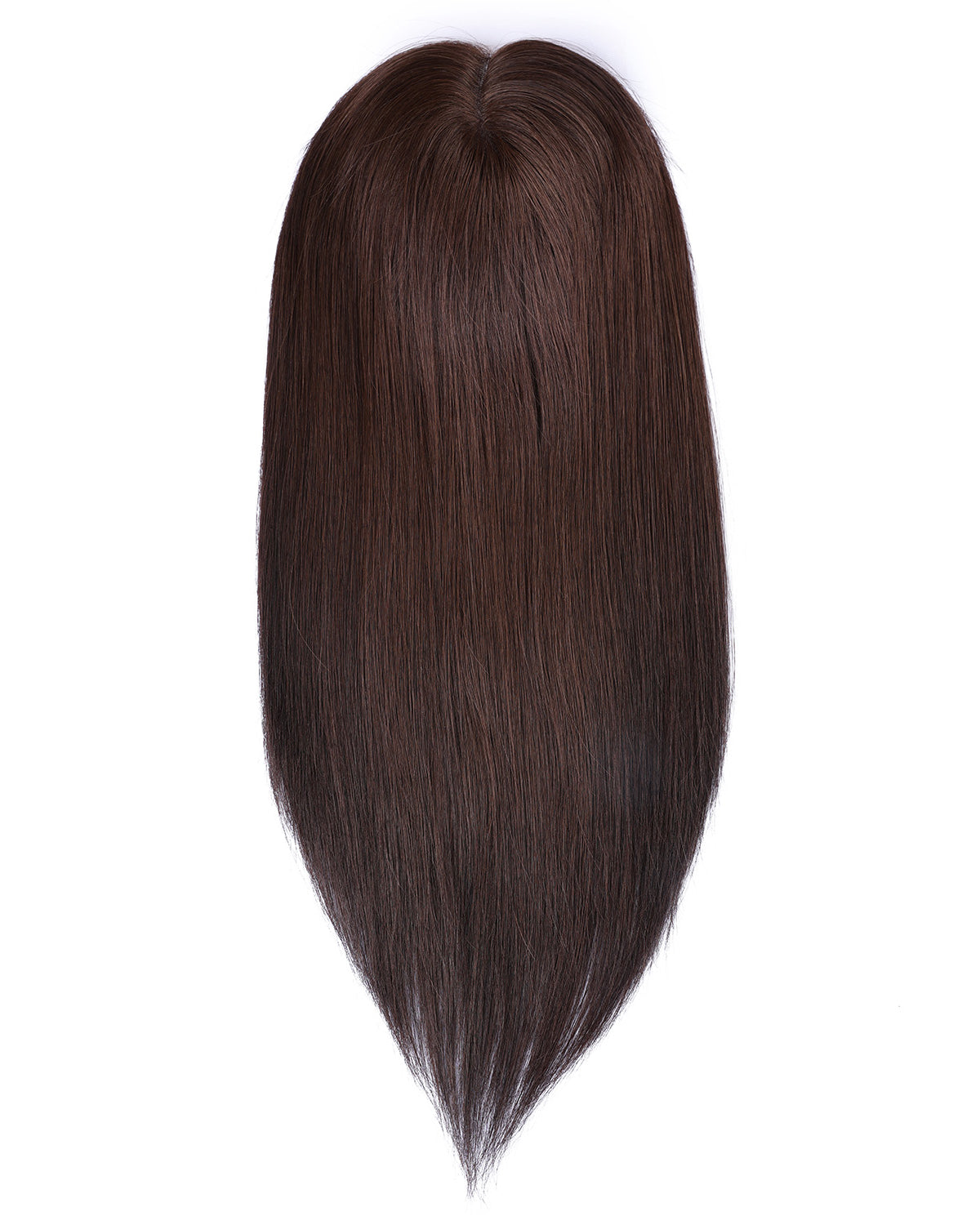When it comes to hair replacement systems, two popular base materials are lace and thin skin. Each offers a unique set of features, advantages, and considerations that can significantly impact the overall experience of wearing a hair system. Whether you're new to hair systems or looking to switch up your current setup, understanding the differences between lace and thin skin hair systems is essential for making the right choice.
Appearance and Naturalness
Lace Hair Systems
Lace hair systems are celebrated for their ability to create an incredibly natural look. The lace material is extremely fine and transparent, closely resembling the appearance of the human scalp. When properly applied, the lace blends seamlessly with the skin, giving the illusion that hair is growing directly from the scalp. This makes lace hair systems particularly ideal for achieving a natural - looking hairline, which is often a top priority for those wearing hairpieces. The hair can be styled in various ways, including different partings, and the movement of the hair appears very lifelike. Front - lace and full - lace systems are common, with full - lace systems offering the most versatility in terms of styling as the hair can be parted anywhere across the base.
Thin Skin Hair Systems
Thin skin hair systems, also known as polyurethane hair systems, have a different aesthetic. While they can look very natural, especially from a distance. The thin skin material is more transparent, which means it mimic the look of the scalp as closely as lace. Also, modern thin skin systems come in various thicknesses, with ultra - thin options providing a more natural appearance. These systems often offer a very smooth and consistent look, and the hair density can be precisely controlled across the base. They are a great choice for those who want a hair system that gives a full - head of hair with a uniform appearance.
Comfort and Breathability
Lace Hair Systems
One of the significant advantages of lace hair systems is their breathability. The porous nature of the lace allows air to circulate freely, reducing sweating and keeping the scalp cool. This makes lace hair systems extremely comfortable to wear, especially for extended periods or in warm climates.
Thin Skin Hair Systems
Thin skin hair systems vary in terms of breathability. Traditional thin skin materials are less breathable compared to lace, which can lead to increased sweating and discomfort, particularly in hot and humid conditions. To address this, many thin skin hair systems now come with perforations. Perforated thin skin systems improve air circulation and offer better breathability, though they may still not be as breathable as lace systems.
Attachment and Longevity
Lace Hair Systems
Lace hair systems are typically attached to the scalp using tape. Due to the thin and delicate nature of the lace, the application process requires precision to ensure a secure and long - lasting bond. Lace hair systems generally need to be reapplied more frequently, usually every 1 - 2 weeks, depending on factors like the type of adhesive used, the wearer's lifestyle, and how well the system is maintained.
Thin Skin Hair Systems
Thin skin hair systems offer more attachment options. They can be attached with adhesives, or glue. The use of clips provides a quick and convenient way to attach and remove the hair system, which is ideal for those who want to take the system off regularly. With proper care, a thin skin hair system can typically last 3 - 4 weeks.
Lace Hair Systems
Lace hair systems often come with a higher price tag. The intricate manufacturing process, which involves hand - knotting hair onto the delicate lace base, requires a high level of craftsmanship, contributing to the increased cost. Maintenance of lace hair systems is more involved. They need to be cleaned gently to avoid damaging the lace, and removing adhesive residue can be a delicate process as harsh cleaning methods can tear the lace.
Thin Skin Hair Systems
Thin skin hair systems are generally more budget - friendly. The manufacturing process for thin skin bases is often less labor - intensive compared to lace, resulting in a lower initial cost. Maintenance of thin skin hair systems is relatively straightforward. They can tolerate more robust cleaning methods, and removing adhesive residue from the smooth surface of the thin skin is usually easier.
Conclusion
In conclusion, both lace and thin skin hair systems have their own distinct qualities. Lace hair systems shine in terms of natural appearance and breathability but require more care and come with a higher cost. Thin skin hair systems offer realistic appearance, more attachment flexibility, and a more budget - friendly option, though they may not be as breathable or natural - looking as lace. When choosing between the two, consider your lifestyle, aesthetic preferences, comfort requirements, and budget to find the hair system that best suits your needs.

